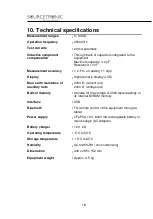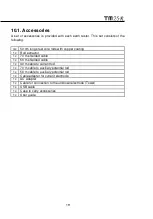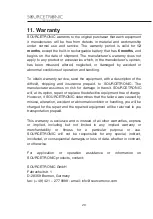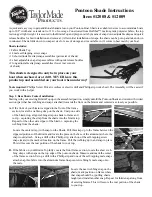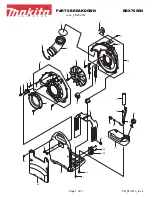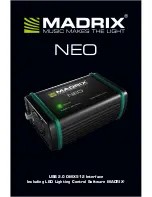
15
6.2. Looking for the potential profile flat area
After getting the first Grounding Resistance Value, it is necessary to
obtain the greatest amount of points to trace the potential profile curve. In
order to do that, the potential rod (probe) should be always set up
perpendicular to the traced line, in several intermediate points between
the unknown electrode and the current rod, so as to obtain the kind of
curve showed below.
Where R represents the resistance values obtained based on the D
distance from the potential rod. At least 3 points are recommended. The
inductive component must be compensated in each point. The Grounding
Resistance Value will be the one obtained in the potential profile flat zone.
Rv in the above mentioned picture. If 3 measurements with the same
value or with an acceptable mistake made by the operator could not be
obtained, (5% is an usual acceptable value), current electrode distance
must be increased in, for example, 50 meters, and several measurements
should be taken again with the probe until finding the potential profile flat
zone. Check always the current.
6.3. Guard wire inductance
The guard wire inductance is a function of its diameter, and of the height
and length of the span. Taking into account the typical values employed in
the 13.3 kV - 33 kV - 132 kV lines, the guard wire presents, in all cases,
an inductance in the 1.8 µHy/m order. Taking into account a 100 m span,
the result (at 25 kHz) is an inductive reactance of approximately 30 .
These data make it possible to test the results of the measurements
performed.

















